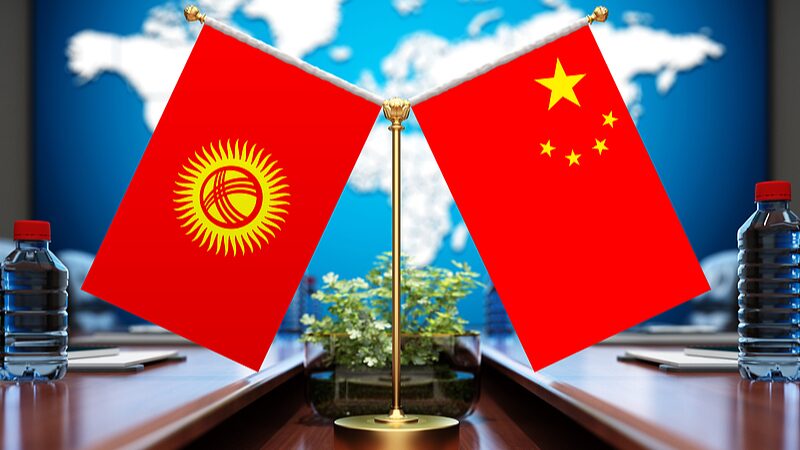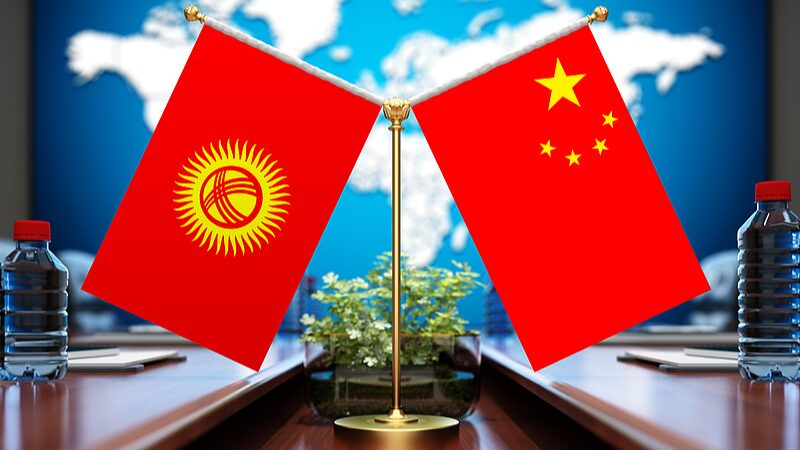During a recent inspection tour in northeast China, a vital agricultural and industrial hub, Chinese President Xi Jinping introduced the concept of new quality productive forces, signaling a transformative approach to the nation's economic development. This initiative aims to break traditional constraints, champion industrial transformation through scientific and technological innovation, and reshape China's development model to stimulate fresh growth momentum.
On January 31, 2024, Xi emphasized the urgency of accelerating the development of these new quality productive forces to promote high-quality development across the Chinese mainland.
From academic circles to policy-making arenas, and from corporate strategies to industrial practices, the influence of new quality productive forces is increasingly evident. Characterized by high-tech innovation, efficiency, and quality, they align with Xi's new development philosophy, steering China away from traditional growth models towards a future driven by innovation.
As an advanced form of productive forces, they represent both an inevitable product of China's new era of development and a response to the nation's long-term economic practices and shifting paradigms. The advent of these forces brings significant opportunities and presents challenges that China must navigate.
The country has witnessed a surge in scientific and technological advancements since implementing this concept. Breakthroughs in cutting-edge fields such as artificial intelligence, green energy, and quantum communication highlight the booming scientific and technological revolution and industrial transformation.
China's comprehensive implementation of an innovation-driven strategy has resulted in remarkable progress on its journey to becoming an innovative nation. The synergy of growing scientific and technological strength, a vast market, and an ever-improving industrial system lays a solid foundation for developing new quality productive forces.
According to the Global Innovation Index 2024 released by the World Intellectual Property Organization, China ranks 11th globally and is the only middle-income economy among the top 30. The nation accounts for three of the world's five major science and technology clusters and stands as one of the fastest-growing economies in terms of innovative capabilities over the past decade.
However, challenges persist. As globalization intensifies, scientific and technological innovations have become focal points of international competition. The global industrial and supply chain landscape is undergoing unprecedented transformation, making the enhancement of international competitiveness a complex issue for China.
Addressing these challenges requires a concerted effort to foster innovation, invest in research and development, and cultivate talent. By embracing new quality productive forces, China aims to secure its position in the global economy and continue its trajectory of high-quality development.
Reference(s):
cgtn.com




